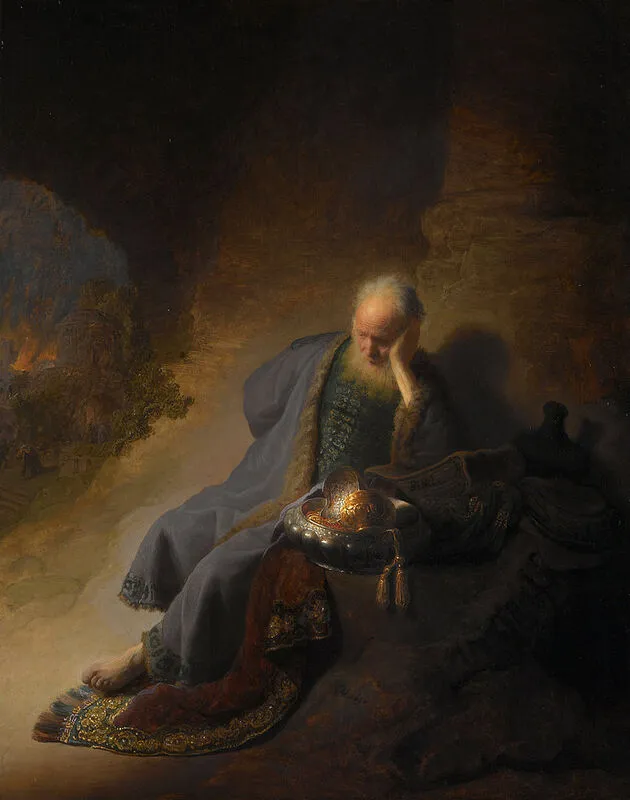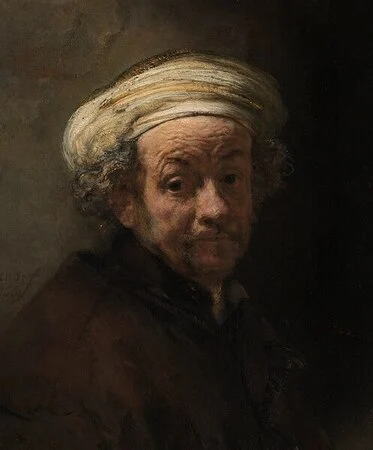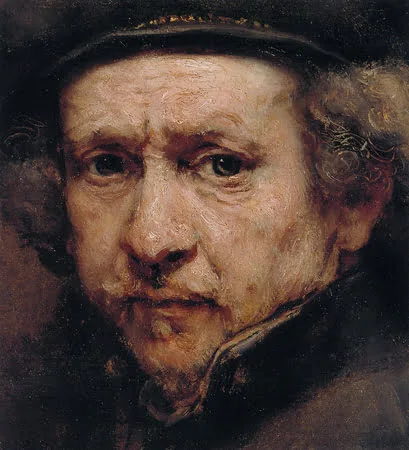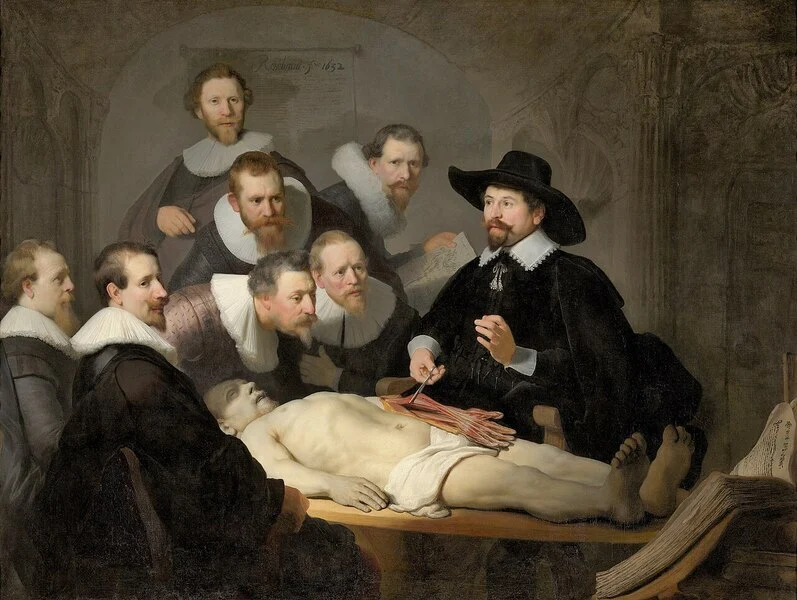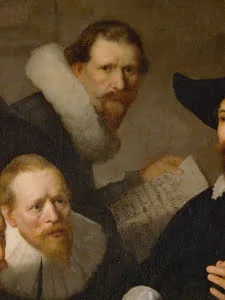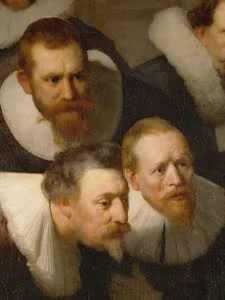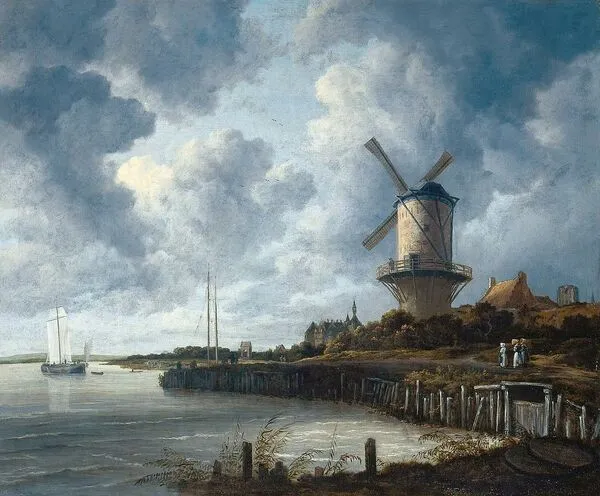The portraits, landscapes, interiors and still lifes of the Dutch masters show us a world full of activity: people sailing, trading, studying, working, reading, singing, drinking, and much more. It’s fun to marvel at the rich colours and textures, the dynamic skies, the dramatic Biblical scenes, and the visual jokes that help us laugh at our human condition.
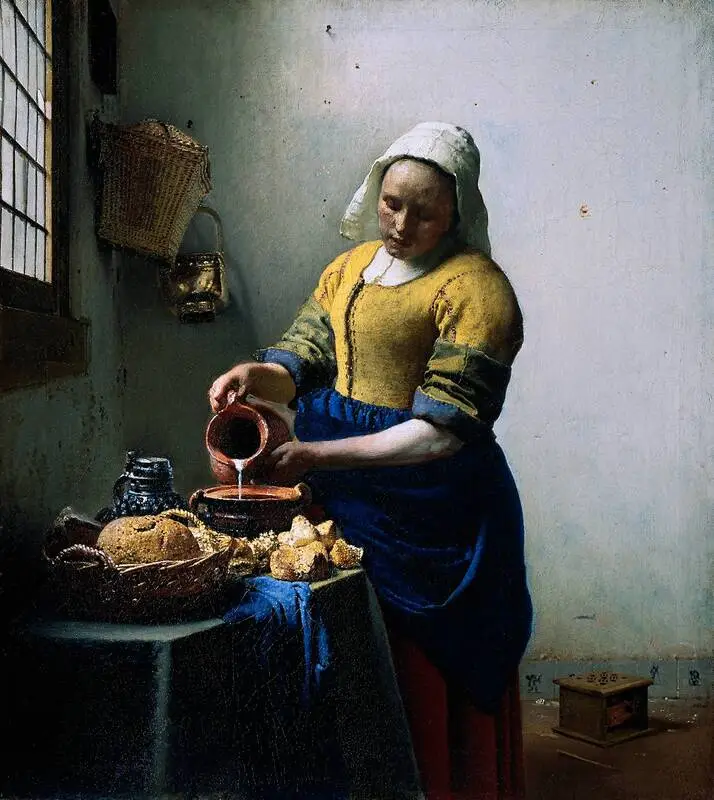 We can also look at these paintings of Dutch masters through a more introspective, expansive inner eye. How did these artists use this inner eye to represent their world in two dimensions? How can we use it to see these paintings more fully?
We can also look at these paintings of Dutch masters through a more introspective, expansive inner eye. How did these artists use this inner eye to represent their world in two dimensions? How can we use it to see these paintings more fully?
These are questions we will take up on our April small-group tour Slant of Light: Dutch and Flemish Old Masters. I invite you to take a moment to explore with me some of the paintings we will look at and how we will experience the everyday beauty of the Netherlands and Belgium.
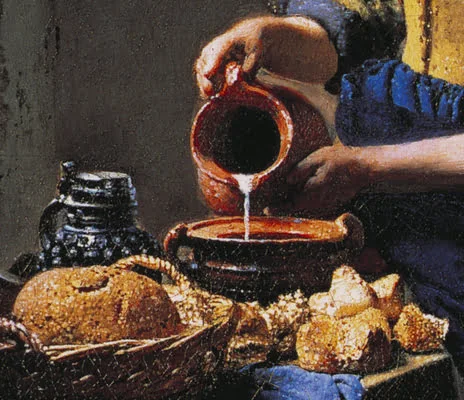 There is a quiet, meditative quality to Vermeer’s interiors, as in The Milkmaid above. The milkmaid acts with concentration, with mindfulness, and these qualities are also present in Vermeer’s observation of nature. Look carefully at the background wall in The Milkmaid. It is not simply white; instead there are a variety of subtle colours as the light falls across the surface. Notice the tiny crack in the window and the sunlight on the wood frame and the impressionist, almost pointillist, way the bread is rendered.
There is a quiet, meditative quality to Vermeer’s interiors, as in The Milkmaid above. The milkmaid acts with concentration, with mindfulness, and these qualities are also present in Vermeer’s observation of nature. Look carefully at the background wall in The Milkmaid. It is not simply white; instead there are a variety of subtle colours as the light falls across the surface. Notice the tiny crack in the window and the sunlight on the wood frame and the impressionist, almost pointillist, way the bread is rendered.
What makes a Vermeer painting different from a photograph? I believe it is his ability to look at each detail with loving attention and then to place it within a unified whole. This is the artist’s orchestration of visual perception.
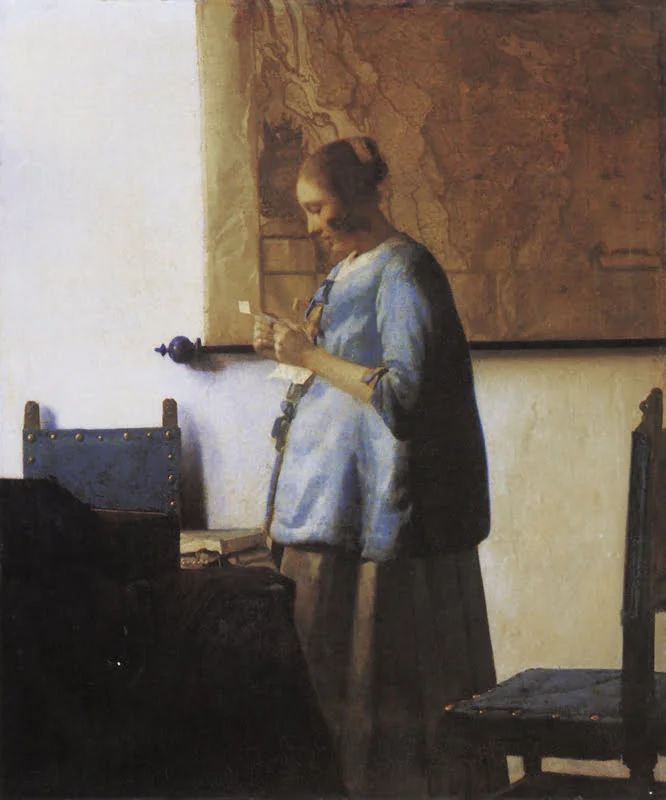 In Woman Reading a Letter, Vermeer creates a sense of intimacy by placing the woman in a contained space within a geometric composition. The table and chair stand between us, so she seems to inhabit a space we cannot enter. Yet we are invited into her inner world as we wonder what is written in the letter and how she feels about it. At the same time, the light from a window and the map allude to the larger world outside. It is fascinating how her face and hair seem to merge into the map, perhaps a metaphor for exploration and discovery. I have visited the Rijksmuseum in Amsterdam many times. When I stand before the Vermeer paintings, I ask myself: “What would it be like to see this kind of beauty in real life, to live more like this?”
In Woman Reading a Letter, Vermeer creates a sense of intimacy by placing the woman in a contained space within a geometric composition. The table and chair stand between us, so she seems to inhabit a space we cannot enter. Yet we are invited into her inner world as we wonder what is written in the letter and how she feels about it. At the same time, the light from a window and the map allude to the larger world outside. It is fascinating how her face and hair seem to merge into the map, perhaps a metaphor for exploration and discovery. I have visited the Rijksmuseum in Amsterdam many times. When I stand before the Vermeer paintings, I ask myself: “What would it be like to see this kind of beauty in real life, to live more like this?”
Deep questioning is another aspect of meditation, and we see it expressed in Rembrandt’s art. Consider Jeremiah Lamenting the Destruction of Jerusalem. The prophet’s contemplative gesture and expression of sorrow draw us in. In the distance, we see the temple go up in flames as people run for their lives, yet Jeremiah is calm as he rests beneath an enormous column. His rich robes and the gold and silver treasures contrast with the temple’s destruction and the frailty of his face. How do we respond to loss, Rembrandt seems to ask. What is the meaning of our lives, of anything precious we possess?
This kind of questioning often comes as a result of personal suffering. Rembrandt experienced triumph and tragedy — he watched his wife and children die, and he went from being one of the most esteemed painters in Amsterdam to personal bankruptcy. He also showed himself to be capable of inflicting suffering on others, notably through an ugly legal battle with his lover Geertje Dircx that ended with he imprisoned in an insane asylum. The eyes of Rembrandt in his late self-portraits are unflinching, yet full of questions for himself and for us.
Being present, awake and aware, is the final aspect of meditation I see in Rembrandt and Vermeer. Rembrandt’s The Anatomy Lesson of Dr. Nicolaes Tulp captures a moment in time. The realism with which the artist portrays his figures — not to mention the corpse — is remarkable.
But what draws me into this painting most is the enthusiasm of the students as they push in close to see the demonstration. What a variety of attitudes! Most look at Dr. Tulp’s demonstration or the large anatomy book. Three of the men look out directly at us. The man on the left turns his head as if to invite us to join him. The man in the background (detail below) holding the book twists to stare out at us. The effect is powerful and dramatic and makes us feel we are there, alive to the moment, with the students.
Returning to Vermeer, what makes his iconic Girl with a Pearl Earring so captivating? The girl is turning her head to look at us, and perhaps to speak to us: Her lips are partly open and her eyes are alive. The stark black background intensifies the feeling. The highlights on the earring connect to the highlights in the eyes and on the lips. By joining the details in this way, the painting brings us powerfully into the present moment.
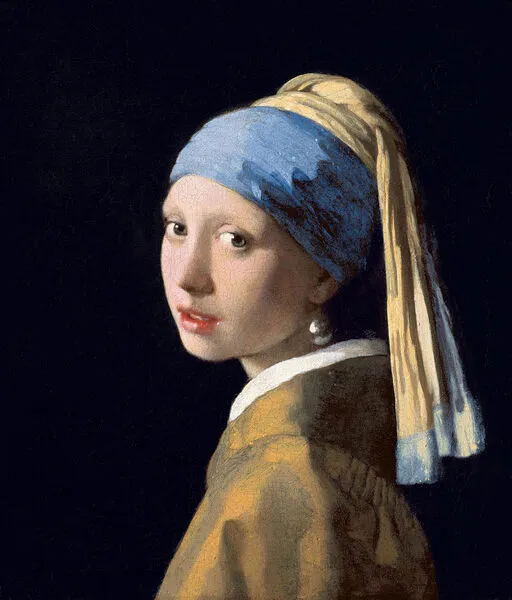
Come walk the streets of Amsterdam as Rembrandt did, and visit his house, 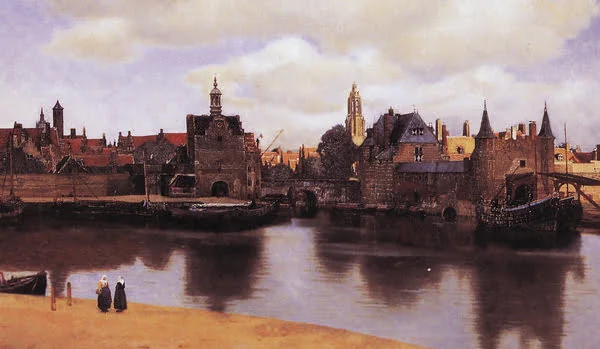 where his living spaces, painting studio, etching press, and collection of curiosities are re-created. Stroll past the gabled houses, and get closer to Vermeer’s remarkable View of Delft.
where his living spaces, painting studio, etching press, and collection of curiosities are re-created. Stroll past the gabled houses, and get closer to Vermeer’s remarkable View of Delft.
Sunlight coming through clouds is characteristically Dutch, and the same light effect is displayed in Jacob van Ruisdael’s The Windmill at Wijk bij Duurstede.
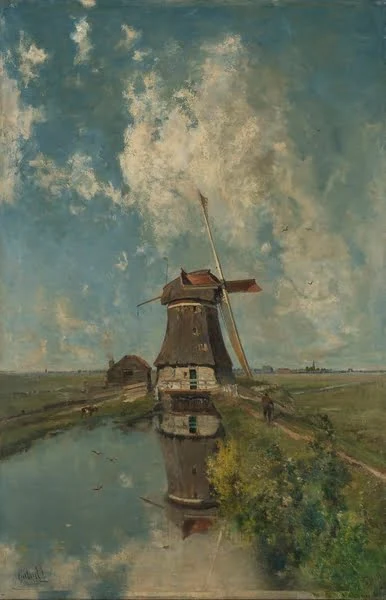 We will be in the Netherlands when the tulips are in bloom, with (we hope!) sunny weather as seen in Paul Gabriël’s 19th-century plein-air painting A Windmill on a Polder Waterway. Have you ever wanted to try your hand at making art? We will visit Kinderdijk to see traditional Dutch windmills and, time and space permitting, I will offer a drawing lesson.
We will be in the Netherlands when the tulips are in bloom, with (we hope!) sunny weather as seen in Paul Gabriël’s 19th-century plein-air painting A Windmill on a Polder Waterway. Have you ever wanted to try your hand at making art? We will visit Kinderdijk to see traditional Dutch windmills and, time and space permitting, I will offer a drawing lesson.
There’s still time to sign up for this tour. I look forward to sharing a week of art, everyday beauty, and an invitation to meditation on Slant of Light: Dutch and Flemish Masters. Visit the tour page to learn more, or contact Celeste at Worldwide Quest at celeste@worldwidequest.com / toll-free 1-800-387-1483.
See you on the road!

